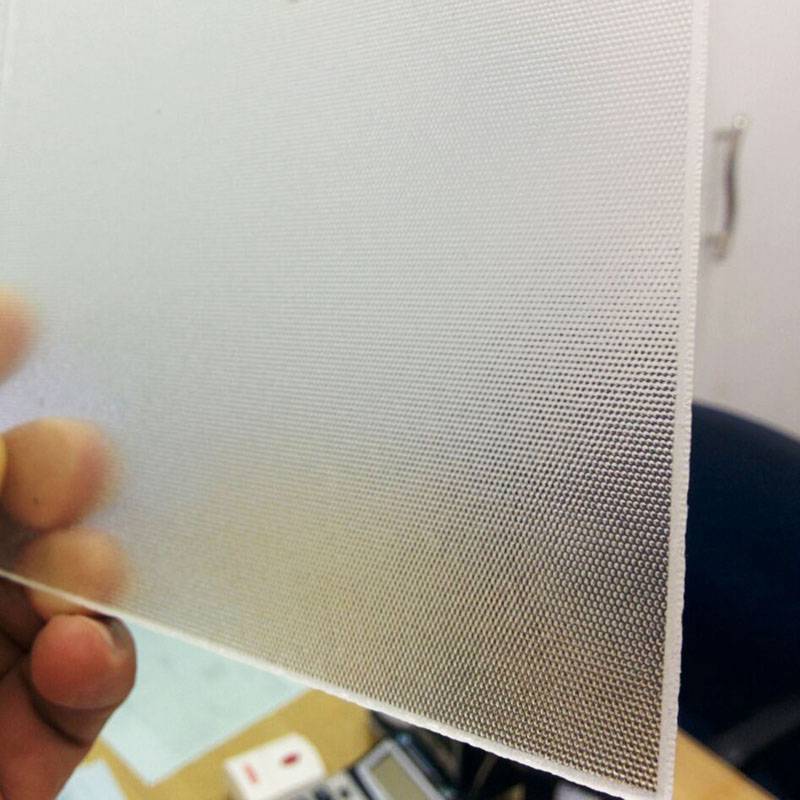The Art of Glass Etching Exploring Geometric Designs
Glass etching is an enchanting art form that transforms ordinary glass into stunning masterpieces. By employing a technique that involves the use of acid or sandblasting, artisans can create intricate designs on glass surfaces. Among the many styles available, geometric designs stand out for their clarity, precision, and modern appeal. This article delves into the significance of geometric patterns in glass etching, their aesthetic values, and the techniques involved in creating these striking designs.
The Art of Glass Etching Exploring Geometric Designs
The popularity of geometric designs in contemporary glass etching can be attributed to their versatility. These patterns can be used in various applications, from window designs to glassware and decorative panels. For instance, a sleek geometric design etched onto a glass vase can elevate its elegance, making it a striking centerpiece in any setting. Similarly, geometric motifs on glass doors or windows can add a modern touch to interior spaces, allowing natural light to filter through while providing privacy.
glass etching geometric designs
Creating geometric designs through glass etching involves several techniques. The most common methods include acid etching and sandblasting. Acid etching utilizes a chemical solution to corrode the glass surface, allowing artists to achieve fine details and subtle textures. This method allows for precision and intricacy, making it ideal for complex geometric patterns. On the other hand, sandblasting uses a high-pressure stream of sand to physically remove the surface of the glass, resulting in a more robust and textured design. This technique is particularly effective for bold, larger patterns that require more durability.
Regardless of the method chosen, the design process begins with a well-thought-out plan. Artists often start with sketches, considering how different geometric shapes can combine to create a cohesive design. The use of design software has become increasingly popular, allowing for precise measurements and adjustments before transferring the design onto the glass. Once the design is finalized, artists can proceed to mask off the areas that will not be etched, ensuring clean lines and crisp patterns.
One of the exciting aspects of geometric glass etching is the ability to experiment with colors and finishes. While traditional glass etching is often clear or frosted, adding color can create even more captivating effects. Artists might use tinted glass, or apply colored glass paint after etching to create a stunning contrast between the geometric patterns and the colored background. This experimentation is a testament to the ever-evolving nature of glass art, where tradition meets modern creativity.
In conclusion, geometric designs in glass etching represent a harmonious blend of artistry and technique. The ability to manipulate glass through etching allows artisans to bring their vision to life while contributing to the aesthetic landscape of modern design. Whether in home decor, commercial spaces, or artistic showcases, these geometric creations invite viewers to appreciate the elegance of simple shapes and the beauty of craftsmanship. As this art form continues to evolve, it offers endless possibilities for self-expression and innovation in the world of design.
 Afrikaans
Afrikaans  Albanian
Albanian  Amharic
Amharic  Arabic
Arabic  Armenian
Armenian  Azerbaijani
Azerbaijani  Basque
Basque  Belarusian
Belarusian  Bengali
Bengali  Bosnian
Bosnian  Bulgarian
Bulgarian  Catalan
Catalan  Cebuano
Cebuano  Corsican
Corsican  Croatian
Croatian  Czech
Czech  Danish
Danish  Dutch
Dutch  English
English  Esperanto
Esperanto  Estonian
Estonian  Finnish
Finnish  French
French  Frisian
Frisian  Galician
Galician  Georgian
Georgian  German
German  Greek
Greek  Gujarati
Gujarati  Haitian Creole
Haitian Creole  hausa
hausa  hawaiian
hawaiian  Hebrew
Hebrew  Hindi
Hindi  Miao
Miao  Hungarian
Hungarian  Icelandic
Icelandic  igbo
igbo  Indonesian
Indonesian  irish
irish  Italian
Italian  Japanese
Japanese  Javanese
Javanese  Kannada
Kannada  kazakh
kazakh  Khmer
Khmer  Rwandese
Rwandese  Korean
Korean  Kurdish
Kurdish  Kyrgyz
Kyrgyz  Lao
Lao  Latin
Latin  Latvian
Latvian  Lithuanian
Lithuanian  Luxembourgish
Luxembourgish  Macedonian
Macedonian  Malgashi
Malgashi  Malay
Malay  Malayalam
Malayalam  Maltese
Maltese  Maori
Maori  Marathi
Marathi  Mongolian
Mongolian  Myanmar
Myanmar  Nepali
Nepali  Norwegian
Norwegian  Norwegian
Norwegian  Occitan
Occitan  Pashto
Pashto  Persian
Persian  Polish
Polish  Portuguese
Portuguese  Punjabi
Punjabi  Romanian
Romanian  Russian
Russian  Samoan
Samoan  Scottish Gaelic
Scottish Gaelic  Serbian
Serbian  Sesotho
Sesotho  Shona
Shona  Sindhi
Sindhi  Sinhala
Sinhala  Slovak
Slovak  Slovenian
Slovenian  Somali
Somali  Spanish
Spanish  Sundanese
Sundanese  Swahili
Swahili  Swedish
Swedish  Tagalog
Tagalog  Tajik
Tajik  Tamil
Tamil  Tatar
Tatar  Telugu
Telugu  Thai
Thai  Turkish
Turkish  Turkmen
Turkmen  Ukrainian
Ukrainian  Urdu
Urdu  Uighur
Uighur  Uzbek
Uzbek  Vietnamese
Vietnamese  Welsh
Welsh  Bantu
Bantu  Yiddish
Yiddish  Yoruba
Yoruba  Zulu
Zulu 

